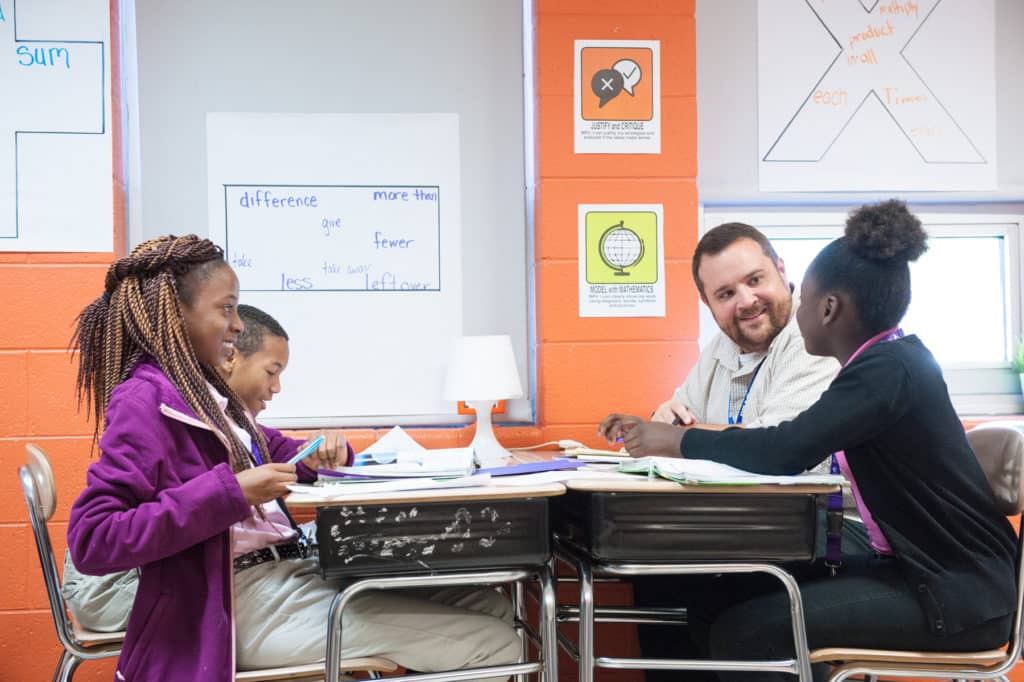Along with new structures and strategies teachers are employing in response to the multitude of changes to their teaching environments, the beginning of this school year is defined by the conversations across the country regarding social justice issues. Middle school students are going to want to have rich, deep conversations within the classroom about the issues surrounding social justice. This is, of course, developmentally appropriate for middle school students, who are beginning to see the world in a larger context and are interested in these contemporary issues.
For these discussions to take place, educators must create a safe place for students to have these conversations in an appropriate manner. This means both building a classroom community that can support these deep discussions, and designing classroom expectations in ways that account for the developmental needs of middle school students who feel anxious about engaging with peers and adults. Here are some things to keep in mind as you create this kind of classroom community and environment.
- A classroom community with rules, expectations, and norms must be established prior to these conversations occurring. Additionally, collaborate with your students to develop protocols that will be utilized to have these conversations.
- Lead your classroom and your conversations with empathy. This will allow you to show respect to your students and their experiences.
- Honor your students and your classroom by being willing to name the issues that are on the minds of students.
- Many of your students will be experiencing anxiety and possibly trauma that is leading them to feel the need or want to act on these social justice issues. Slow this feeling down by recognizing these things are happening but reminding students of the structure (rules, expectations, and norms) and skills that are needed to successfully discuss these issues.
- Consider all the developmental needs of middle school students when designing structures and expectations for these conversations. This will be especially important when designing structures and expectations for the Responsive Advisory Meeting.
- For example, middle school students want the autonomy to choose which conversations to join and which to avoid. Additionally, they want you, as the educator, to be present but not lead the conversation.
- Provide students the opportunity to discuss these issues, but do not force conversations and treat students as a captive audience. In other words, make these conversations optional. Make sure students know that it is perfectly fine for them to choose to pass on engaging in a conversation they are uncomfortable with or do not wish to discuss. If a student chooses to not participate in the conversation, provide an appropriate alternative, and check in with the student later to ensure they are okay.
- Avoid controlling the conversation as the teacher. Provide structures and strategies that allow students to have partner chats and small group discussions before discussing as a whole group.
- Think of all the skills associated with being successful with these conversations, and use Interactive Modeling to teach these skills.
There is no doubt that middle school students are anxious to have conversations about social justice issues. Recalling the developmental needs of middle school students and using this information to create a space that is safe and appropriate will allow for these conversations to occur. As educators, it is important that we embrace these conversations in an empathetic way and show patience with ourselves and our students. Together, we will navigate these conversations successfully!
Written by Joe Tilley, Curriculum and Instructional Designer at Center for Responsive Schools
